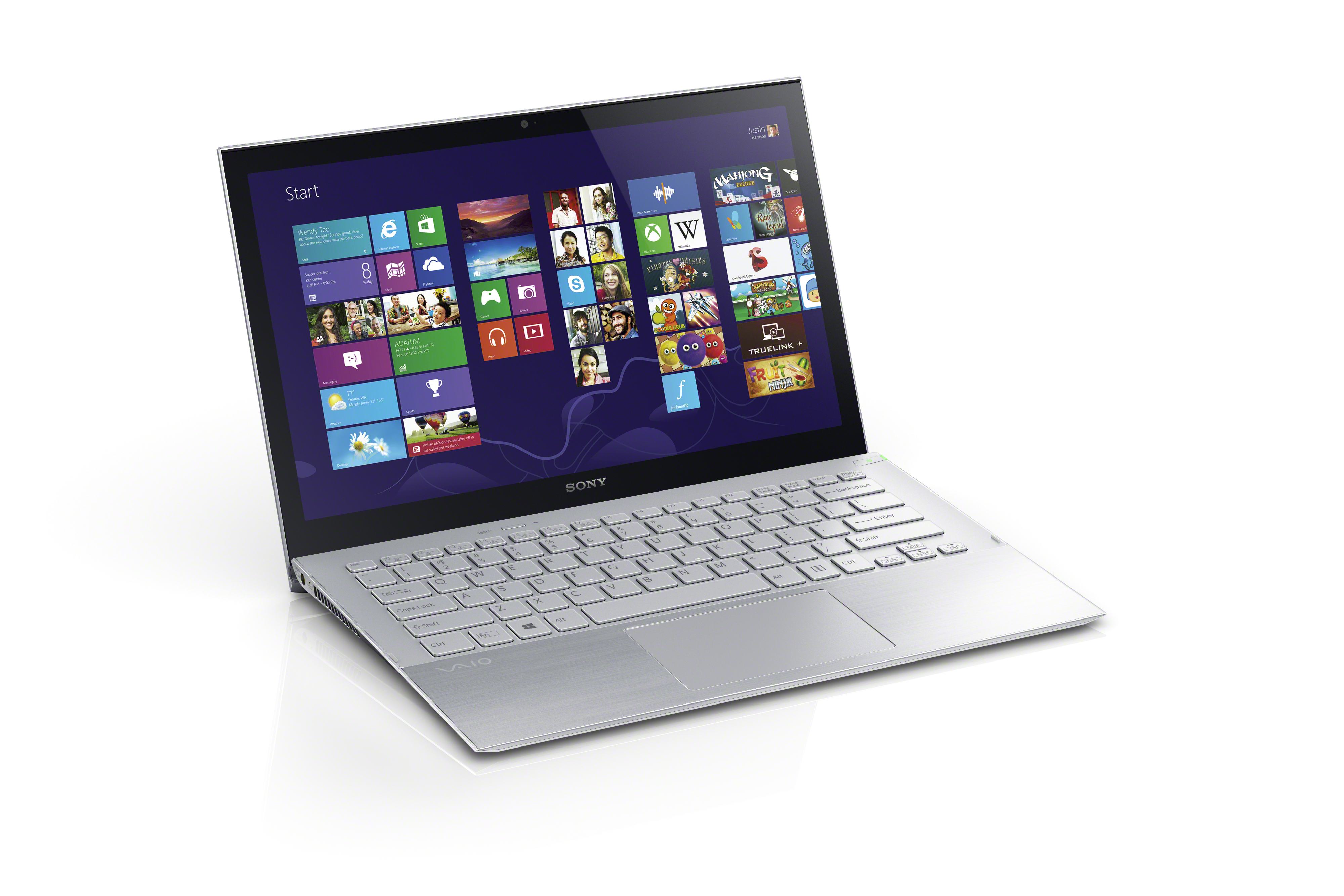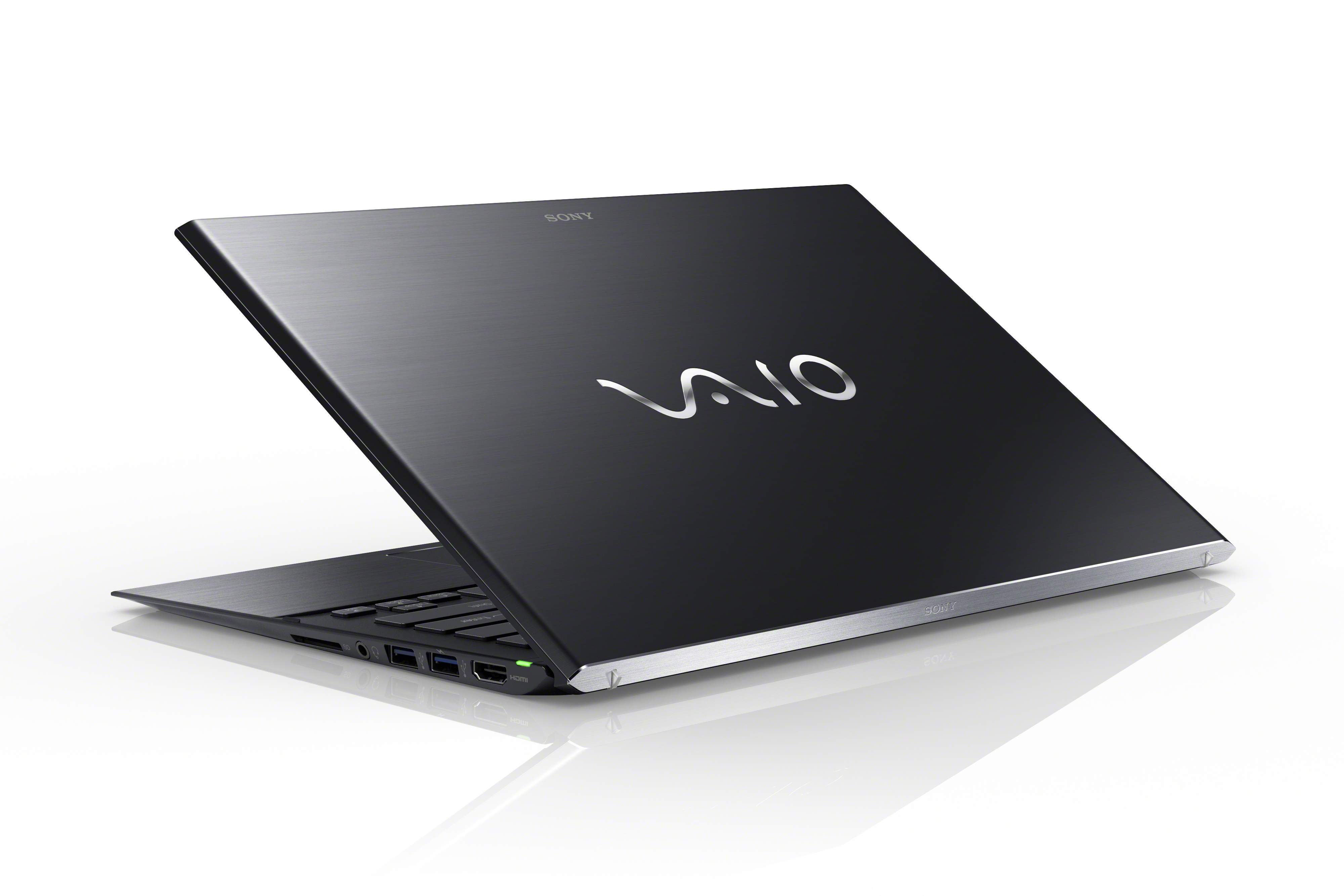Sony Vaio Pro 13 review
With a stunning 13in full HD touchscreen, is this ultra-light 1kg machine a potential best friend for business users?


Sony has crammed one of the best touchscreens we’ve seen inside its lightweight, slimline Vaio Pro Ultrabook. The 1kg device also has a sleek design, lengthy battery life and decent performance. It’s not the strongest of laptops, but it’s ideal if you want a versatile machine for working on the road.
-
+
Stunning touchscreen; Extremely light; Excellent battery life
-
-
Feels flimsy; Typical Ultrabook performance

Many OEMs have tried to differentiate their Ultrabooks by gambling on wacky form factors. It's reassuring to see Sony shun awkward gimmicks to concentrate on the basics.
And the result is the superb Vaio Pro 13 - a lightweight, powerhouse of a laptop with a crisp display.
Light on its feet
There's nothing loud about Sony's design, but it quickly becomes clear that the Vaio means business. Its clean lines and angles look sharp, and the brushed metal that coats the exterior makes the Vaio Pro look more elegant than any of its rivals with the possible exception of the all-aluminum MacBook Air.
The Vaio Pro is one of the best-looking laptops on the market, but it's the weight, or lack of it which will grab people's attention. The Vaio Pro tips the scales at 1,050g, and that makes it one of the lightest laptops ever the latest MacBook Air is a practically portly 1.33kg.
The Sony feels disarmingly light, and, when combined with the 18mm-thin frame, it's easy enough to pick the Vaio up and fling it around. It feels like an empty display sample rather than a proper laptop.

The feather-light design and carbon fibre construction comes with their own compromises. The Vaio's frame is bendier than any of its rivals, with lots of flex in the wrist-rest and screen we'd invest in a case if we were going to carry the Vaio on a daily basis. The aluminium-hewn MacBook Air is much sturdier.
Like most other Ultrabooks, the Vaio Pro's slimline dimensions mean that it's not overloaded with ports and sockets. The right-hand side has two USB 3 ports, an HDMI socket and an SD card reader, and there's nothing on the left-hand edge.
The slimline nature of the Vaio may raise build quality concerns but, when it comes down to business, there's nothing to worry about. The now-standard Scrabble-tile keyboard is excellent, especially when the Vaio's size is considered. The keys are responsive, and there's a surprising amount of travel available on each button. The action is comfortable and consistent, and there are no surprises when it comes to layout. The touchpad is good, too, thanks to its size and accuracy.
Screen test
Sony should be commended for cramming a 1,920 x 1,080 touchscreen inside a panel that's so slim. The screen isn't just notable for being thin it's a high-quality too. The measured maximum brightness of 345cd/m2 is good the MacBook Air measured 325cd/m2 and it's partnered by a stunning contrast ratio of 932:1, again better than the MacBook. That makes for a screen that's punchy with a wide colour gamut, with good distinction between bright white shades and the darkest blacks.
The Sony's colour temperature and gamma levels are positive too. The display's average Delta E or 3.1 is one of the best we've seen from a laptop the MacBook scored 4. Viewing angles are also good. The touchscreen layer adds a tiny bit of grain to the screen, but it's barely noticeable this is one of the best screens we've seen on a lightweight laptop.
Get the ITPro daily newsletter
Sign up today and you will receive a free copy of our Future Focus 2025 report - the leading guidance on AI, cybersecurity and other IT challenges as per 700+ senior executives
Mike Jennings has worked as a technology journalist for more than a decade and has been fascinated by computers since childhood, when he spent far too long building terrible websites. He loves desktop PCs, components, laptops and anything to do with the latest hardware.
Mike worked as a staff writer at PC Pro magazine in London for seven years, and during that time wrote for a variety of other tech titles, including Custom PC, Micro Mart and Computer Shopper. Since 2013, he’s been a freelance tech writer, and writes regularly for titles like Wired, TechRadar, Stuff, TechSpot, IT Pro, TrustedReviews and TechAdvisor. He still loves tech and covers everything from the latest business hardware and software to high-end gaming gear, and you’ll find him on plenty of sites writing reviews, features and guides on a vast range of topics.
You can email Mike at mike@mike-jennings.net, or find him on Twitter at @mikejjennings
-
 Westcon-Comstor and Vectra AI launch brace of new channel initiatives
Westcon-Comstor and Vectra AI launch brace of new channel initiativesNews Westcon-Comstor and Vectra AI have announced the launch of two new channel growth initiatives focused on the managed security service provider (MSSP) space and AWS Marketplace.
By Daniel Todd Published
-
 Third time lucky? Microsoft finally begins roll-out of controversial Recall feature
Third time lucky? Microsoft finally begins roll-out of controversial Recall featureNews The Windows Recall feature has been plagued by setbacks and backlash from security professionals
By Emma Woollacott Published
-
 The UK government wants quantum technology out of the lab and in the hands of enterprises
The UK government wants quantum technology out of the lab and in the hands of enterprisesNews The UK government has unveiled plans to invest £121 million in quantum computing projects in an effort to drive real-world applications and adoption rates.
By Emma Woollacott Published